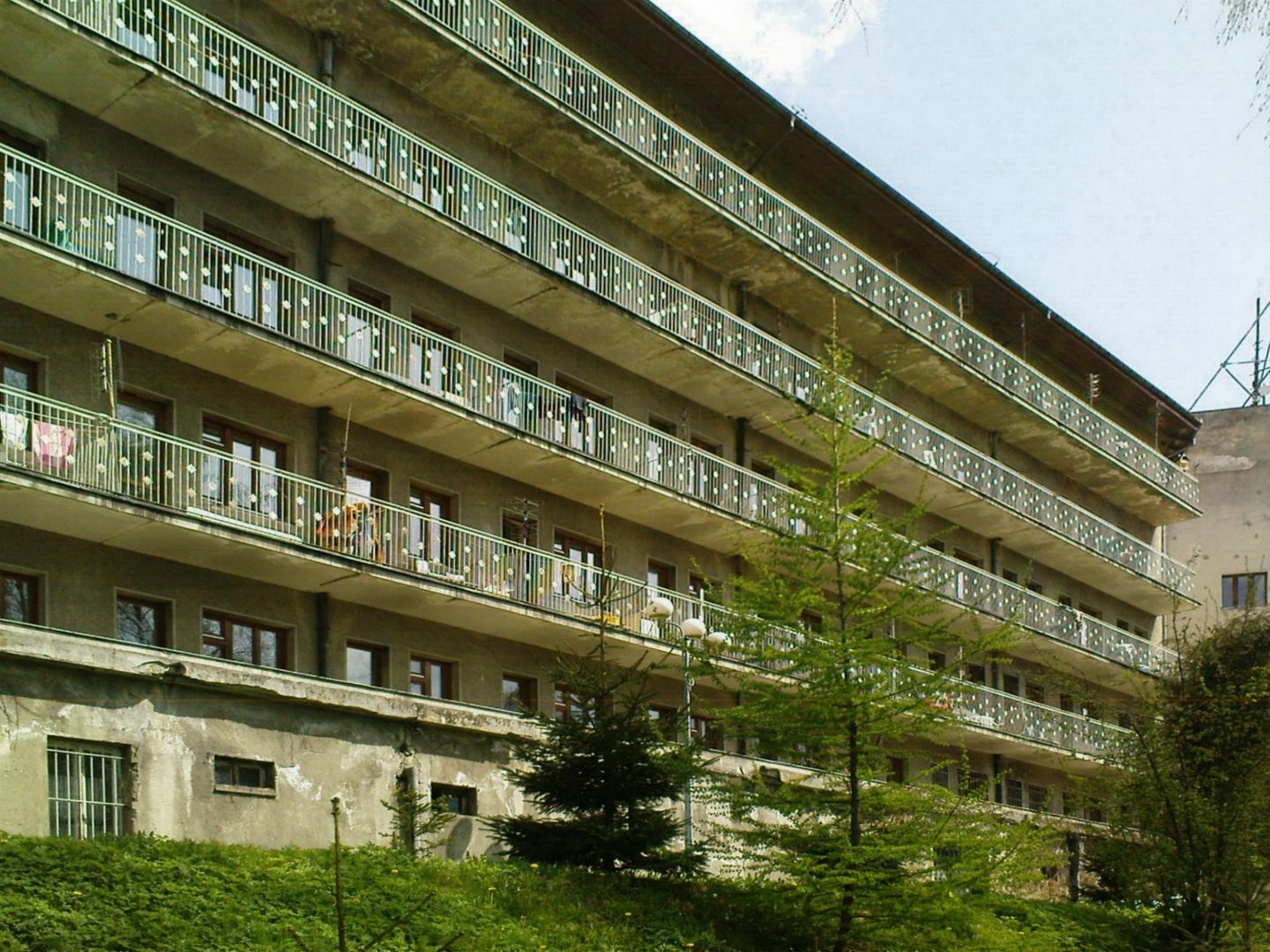Makow Podhalanski
6.61

Overview
Maków Podhalański, a town in the Lesser Poland Voivodeship, boasts a rich history dating back to the 14th century when it was a settlement of the starosts of Lanckorona. Over time, in the 18th century, Maków gained town rights, and its center was developed mainly from wood, which was typical for the region. A significant event was the connection of the town to Kraków and Chabówka by a railway line in 1884, which contributed to its economic development. Maków became a popular holiday resort in the interwar period, and its specific microclimate favored tourism. From an architectural point of view, the town boasts a classicist church from the 19th century – the Sanctuary of the Mother of God Queen of Families, as well as wooden houses from the first half of the 19th century and the ruins of a former ironworks. The town experienced many difficulties, including destruction during the wars, and its development was halted by World War II, but it began to rebuild from the 1960s onwards. In 1979, the image of the Mother of God of Maków was crowned by John Paul II. Maków was also a site of partisan activity during the German occupation, and after the war, it experienced further development despite economic crises. The town is home to various educational institutions, social organizations, and tourist trails that attract lovers of active recreation. Interestingly, the town is known for its handicrafts, and a local tailoring school, founded in 1896, teaches Maków embroidery. It is also worth mentioning organized events, such as the Week of Beskid Culture, which highlight the region's significance in terms of culture and tradition. Despite its small area, Maków Podhalański offers a wealth of natural and cultural attractions, making it an interesting place both to live in and for a weekend getaway.
Location
2025 Wizytor | All Rights Reserved